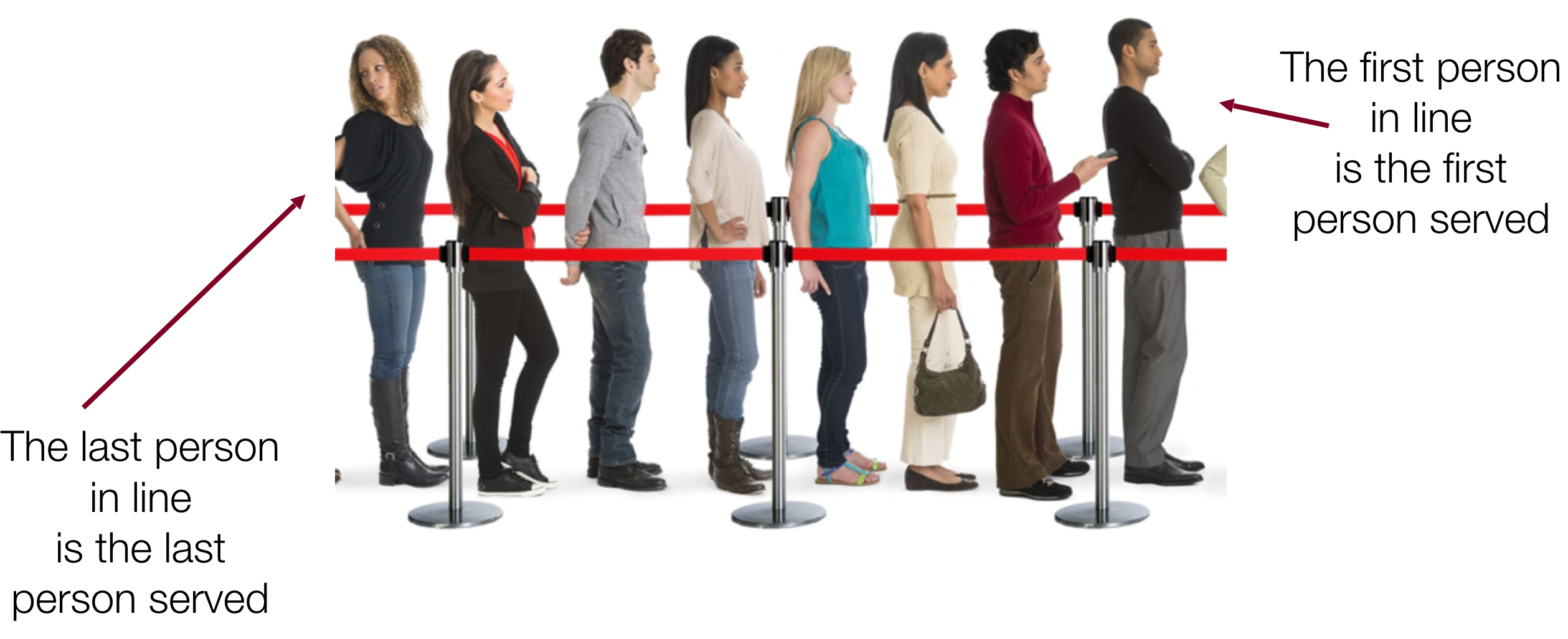

While Sangal was studying at Yale SOM, he took a class with Edieal Pinker, the BearingPoint Professor of Operations Research, who has an interest in healthcare systems. These line-jumpers seemed to fit the same demographic profile: White people who speak English. Sangal noticed that some people seemed to jump the line and get seen by a doctor sooner than other people with similar ailments even though they checked in later. Stick around an ED waiting room, and you’ll notice that it doesn’t always work that way. Within each group, patients are placed in treatment spaces first come, first served.Īt least in theory. When a patient checks in, the triage nurse rates their condition on a scale of 1 to 5, with 1 being the most serious. Most EDs use a triage system to contain the chaos. And when there’s no space in inpatient units, it backs up to the ED.” “In inpatient units, particularly those caring for older and sicker patients, patients have longer stays. Another is the general overcrowding of hospitals.

One contributing factor, he says, is primary care physicians and specialists who send patients to the emergency department to access imaging and other services that are not readily available in the outpatient setting. “The crowding in EDs is an increasing trend over the last decade,” says Rohit Sangal ’21, an ED physician at Yale New Haven Hospital and a graduate of Yale SOM’s MBA for Executives program.

Who gets to see the doctor first and who will have to wait, sometimes for hours? Patients come in at irregular intervals with a wide range of symptoms, from a bloody finger to cardiac arrest. Even in the best of times, a hospital emergency department (ED) is an environment of controlled chaos.


 0 kommentar(er)
0 kommentar(er)
